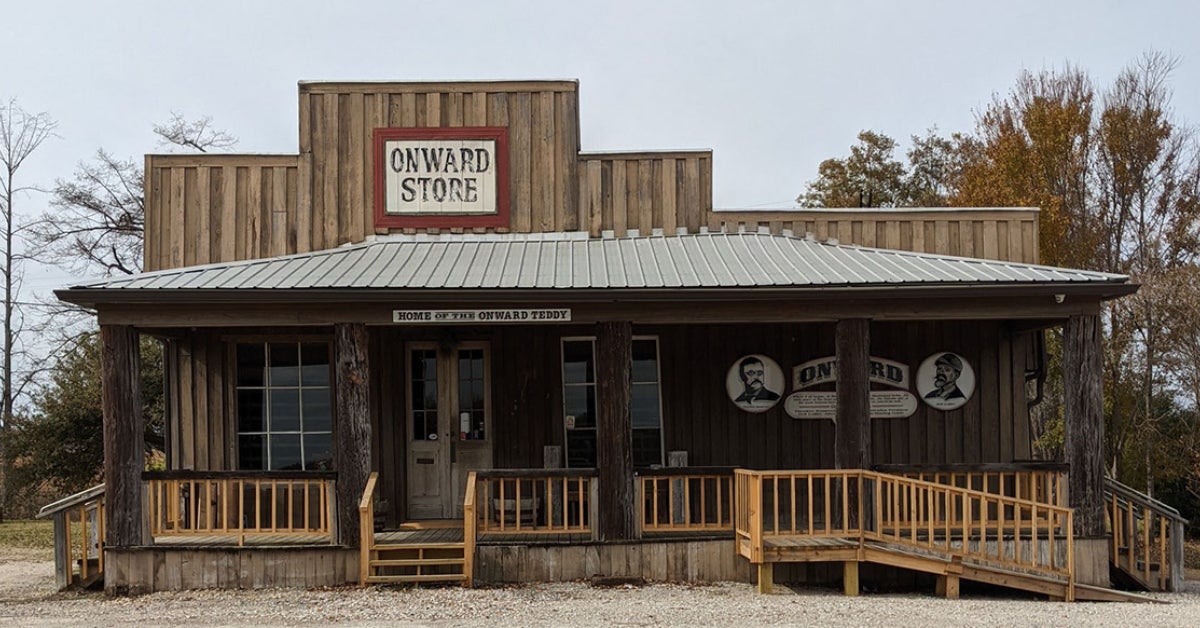Part of Glass Mounds snapped up for conservation|[9/04/06]
Published 12:00 am Monday, September 4, 2006
Land south of Vicksburg that includes mounds and was likely home to Native Americans 500 years before Mississippi became a state is being preserved.
Property with four existing or leveled Indian mounds off U.S. 61 South near Vicksburg Municipal Airport has been bought by The Archaeological Conservancy of Albuquerque, N.M., said its Southeastern regional director, Jessica Crawford of Lambert.
The 12-acre site in the Glass community was purchased from private landowners and originally included four mounds arranged in a rectangular pattern with an open “plaza” in the center, Crawford said. The largest existing mound is about 26 feet high with a flat top, and one has been leveled, Crawford said. Part of one mound remains privately owned and the conservancy hopes to purchase it eventually, Crawford added.
“We try to acquire sites before they are in danger of being destroyed,” she said, “because if you wait until bulldozers are parked beside a mound, it’s usually too late.”
Crawford, who lives in Quitman County in the North Delta and is one of the conservancy’s five regional directors, said she learned in about December both that the mounds site existed and that most of the area it occupies was for sale.
“I’ve bought several sites in the northern part of Mississippi and have been trying to acquire some in the area from Vicksburg to south of Natchez, so I was doing some reading about archaeological sites in that area and noticed the Glass site was mentioned a few times,” Crawford said. “I thought it sounded interesting because pottery from the site is the same style as that found at Natchez Indian villages in the Natchez area.”
No European-made objects have been found at the site, suggesting it was occupied and abandoned before Europeans settled the area, Crawford said.
“I did a little more research and was pleased to find that it was on property that was for sale,” Crawford said.
An article by Crawford on the site, called Glass Mounds, appears in the current issue of the conservancy’s quarterly magazine, “American Archaeology.”
Archaeologists believe Glass Mounds was built by Indians of the tribe for whom the town of Natchez was named, she wrote. They occupied the site between about 300 and 1600 and were the last Indians encountered by the Spanish explorer Hernando de Soto, who died while exploring the United States in 1542. Mississippi gained statehood in 1817.
“Situated between high bluffs on the east and the Mississippi River on the west, this site was once an important mound center that was utilized intermittently for centuries long before DeSoto’s expedition,” Crawford wrote.
Crawford said it’s difficult to say what’s buried in the mound.
“Judging from others like it, its use was likely ceremonial and it’s possible that the most important members of the group of Indians using it lived there, both on and around the mounds,” she said. “It’s probable that around 1500 the Natchez Indians’ territory extended all the way to Vicksburg and the Glass site was occupied by a northern group of Natchez Indians or their ancestors. There is pottery from the Glass site on display at the Old Court House Museum, as well as a fantastic limestone effigy pipe.”
Crawford said the conservancy has no plans to excavate the site but will allow any professional archaeologist who requests the conservancy’s permission and meets its requirements to do research on it. The site is closed to the general public, Crawford said.
“The conservancy’s primary goal is to hold title to sites in order to assure they will never be destroyed and may be used in the future for educational and research purposes,” Crawford said.
The conservancy was founded in the Southwest in the early 1980s and it owns and manages more than 300 archaeological sites.





